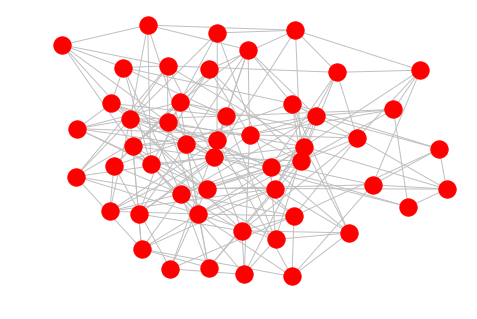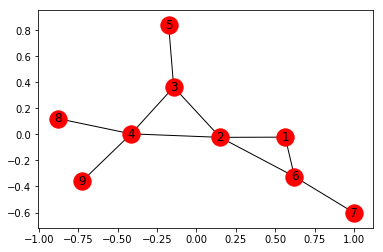

An overview of network analysis can be found in Wasserman and Faust (1994) and Newman (2018). The rationale of network analysis is that the position of a node in a network affects relevant social outcomes, for example node importance and performance in a social system. For example, community detection methods have been developed to study meso-scale network structure. Local scale (e.g., nodes, dyads, and triads)ĭifferent metrics and methods have been developed to measure properties of network structure at the local, meso, and macro scales. Network structure can be characterised at different scales: Such patterns are often described as network structure. Network analysis studies the patterns of relationships that emerge from the interaction of individuals or other entities. In networks, nodes represent individuals (or other entities, including countries, organisations, and Web pages) and links represent various social ties, including friendship, kinship, acquaintanceship, or hyperlinks. By contrast, in network data we are not primarily interested in the attributes of distinct observations but in the relationships between those observations.Ī network is a set of nodes (also called vertices) and a set of edges (also called links) between them. Tabular data is structured into rows, each representing a distinct observation (e.g., individuals, counties) and columns representing observations’ attributes. In the course so far, the data we have studied were from different sources, including digital, administrative, and survey sources, but with one common feature - these were tabular data. Network data and network analysis focus on the relationships between entities, including individuals, organisations, countries, and other entities. This lab provides an introduction to the study of social networks. Learning resources about the A-level controversyīias and Fairness in Data Science Systems Related approaches: Hierarchical clusteringĭiscussion: A-level results in 2020 England Research problem: clustering counties by mobility Machine Learning: What is it? What is it good for? Pattern Discovery using Unsupervised Learning RQ6: How correlated are mobility categories across UK counties? RQ5: How do mobility categories relate to each other? RQ4: How have mobility trends differed across UK counties during the third lockdown? Visualising lockdowns’ mobility as barplots RQ3: How have mobility trends differed across UK lockdowns? RQ2: How do mobility trends change over time? RQ1: How do countries differ in mobility trends? Viewing, Describing, and Accessing your DataĮxploratory Data Analysis and VisualisationĪddressing simple questions via Python EDA

Open Reproducible Workflow in Jupyter/Colab Notebooks What is computational reproducibility and why it matters? Hands-on exercise: Let’s practice your Markdown skills Hands-on exercise: Let’s practice your Python skills Get Started with Jupyter & Colab notebooks

Reproducible Data Science + Python + Real-World Data


 0 kommentar(er)
0 kommentar(er)
